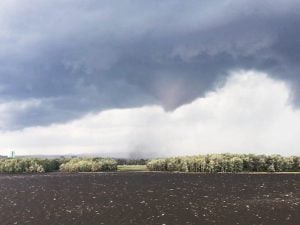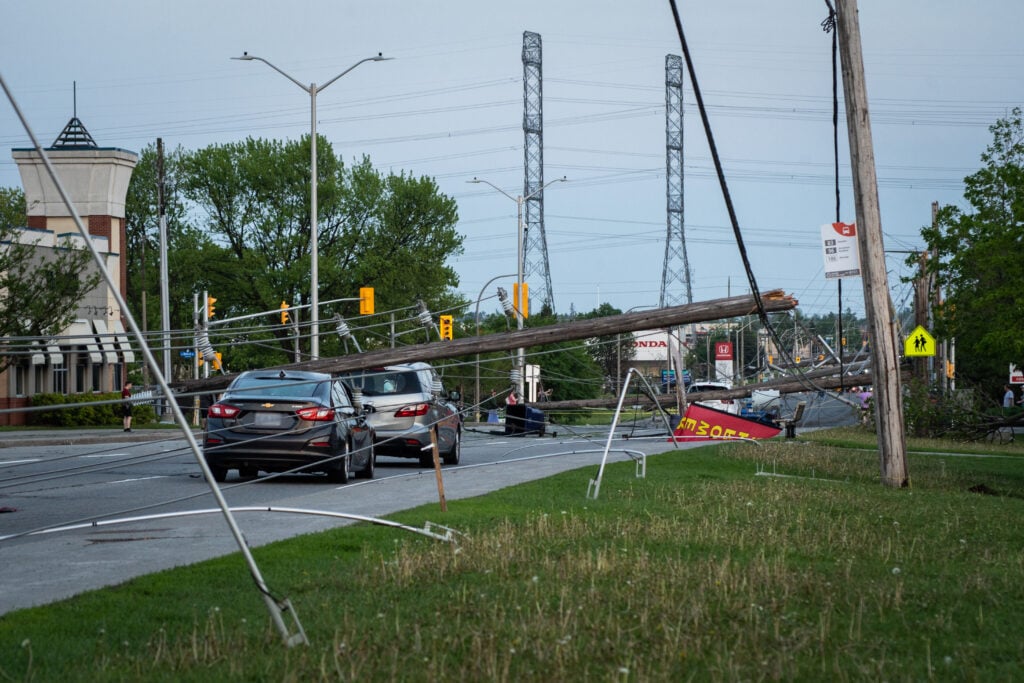When Dave Sills was developing his original tornado climatology, he ran a statistical analysis using lightning data that suggested the southern Prairies, where Hagan lives, should be ground zero for tornadoes. But in recent years, that assumption hasn’t held up. In fact, in 2021, the Prairies saw just four tornadoes between mid-June and mid-August — a void that is “probably unprecedented” in the historical record, according to Sills. The reasons for the abnormally quiet season are still unclear, but Sills has some theories, including the ongoing drought in the Prairies and the presence of wildfire smoke aloft, which blocks the solar radiation needed to spark thunderstorms.
From late June to early July that same year, western Canada baked under a record-smashing heat dome. Under the dome, high pressure and blue skies prevailed, but along its northern edge, “ridge runner” storms laid waste to hectares of boreal forest in northern B.C. and Alberta.
The answer to the question of how climate change will impact the incidence of tornadoes in Canada is complicated to say the least. Longer periods of drought and more frequent and intense wildfires could dramatically reduce the number of tornadoes in the West, while increased incidences of heat domes at northerly latitudes could produce more damaging wind events at the fringes of the dome (the 2022 Ontario derecho formed on the northern edge of a heat dome).
Sills now has enough data for Ontario to point to other trends: big tornadoes, of EF-2 strength and higher, are happening later in the season, and tornadoes seem to be occurring more frequently in outbreaks. However, the connection between these trends and climate change is still unclear, not least because our basic understanding of the climatology of tornadoes in Canada is changing as the Northern Tornadoes Project uncovers more events in the northern forests. Sills acknowledges that this is frustrating for people who desire a clear-cut assessment of the risk of severe weather.
“It’s like, ‘How are we supposed to make any sense of this?’ But we actually have a better sense of what’s going on now,” he says. “Climate isn’t one event. It’s years and years of events. Basically, only in [Ontario] do we have enough data to string together a 100- year record and say something is statistically significant. There’s so much work to be done.”



















